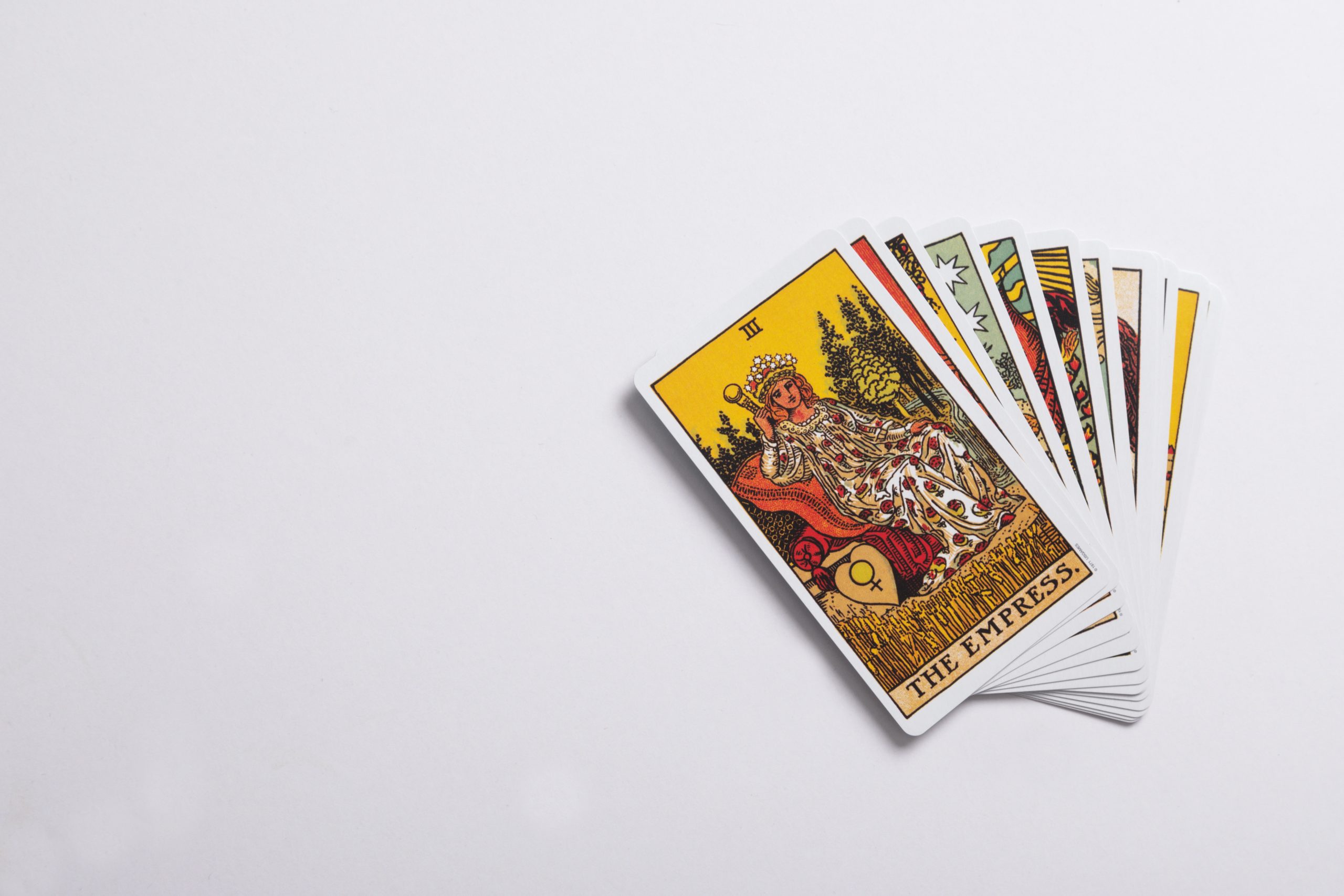The Forgotten Art of Tasseography: Scrying with Tea Leaves
Scrying, the ancient practice of divination, has captivated human beings for centuries. It is the act of gazing into a reflective surface or a translucent substance to gain spiritual insight and foresight. While crystal balls and mirrors may be the most well-known scrying mediums, there is another lesser-known method that delves into the mystical realm – Tasseography.
Tasseography, derived from the French word “tasse” (cup) and the Greek word “graph” (writing), is the art of interpreting patterns and symbols formed by the tea leaves in a cup or saucer after drinking the tea. Also known as tealeaf reading or teacup reading, this ancient form of divination has been practiced in various cultures around the world for centuries.
History of Tasseography
The origins of tasseography can be traced back to ancient China, Greece, and the Middle East. The Chinese had a tradition of reading tea leaves as early as the 3rd century AD. Tea was highly valued by the aristocracy, and it became customary to observe and interpret the patterns formed by the tea leaves at the bottom of a cup.
In the Middle East, coffee grounds were used instead of tea leaves. The practice of “turkish coffee reading” or “kahve falı” spread across the region and became a popular method of divination during the Ottoman Empire.
Tasseography gained popularity in Europe during the 17th and 18th centuries when tea became more accessible to the general population. It became a favorite pastime among the well-to-do, and many books on the art of teacup reading were published during this time.
The Art of Tasseography
To practice tasseography, one needs a cup or a small bowl, loose tea leaves, and hot water. The quality and type of tea used can vary depending on personal preference, but loose-leaf tea generally produces clearer and more detailed patterns compared to tea bags.
Here is a step-by-step guide to reading tea leaves:
- Begin by heating the cup or bowl by pouring hot water into it. This ensures that the tea leaves stick to the sides of the cup and form distinct patterns.
- Empty the cup or bowl and add a teaspoon of loose tea leaves.
- Pour hot water into the cup and let it steep for a few minutes.
- Gently swirl the cup three times to distribute the leaves.
- Slowly pour out the tea, leaving only a small amount of liquid with the leaves at the bottom.
- Hold the cup in your hand or place it on a saucer and concentrate on your question or intention.
- Examine the patterns and symbols formed by the leaves. Take note of any distinct shapes, lines, or images.
- Use your intuition and knowledge of the symbolism associated with tasseography to interpret the meaning of the patterns. Consider the position, size, and interaction of the symbols.
- Record your interpretation and reflect upon its significance in relation to your question or situation.
Symbolism in Tasseography
In tasseography, the tea leaves create infinite possibilities of shapes and symbols, each holding their own meaning. While there are no hard and fast rules, here are some common interpretations associated with specific symbols:
| Symbol | Meaning |
|---|---|
| Anchor | Stability, security |
| Bird | Freedom, messages |
| Cat | Mysterious, intuition |
| Circle | Wholeness, completion |
| Heart | Love, emotions |
| Key | Opportunity, unlocking |
It is important to remember that symbolism can also vary based on context and personal beliefs. A symbol that carries positive meaning for one person may hold a different significance for someone else.
Interpreting Tasseography Readings
The interpretation of a tasseography reading depends on several factors, including the individual’s personal connection with the symbols and the specific question or intention they have in mind. It is essential to trust your intuition and develop a connection with the symbols that resonate with you.
Some tips for interpreting tasseography readings:
- Pay attention to the symbols that stand out to you the most. They often hold the key to the message.
- Consider the shape and position of the symbols. Symbols at the top of the cup may represent future events, while those at the bottom can represent the past.
- Look for any symbols that appear multiple times as they indicate a higher emphasis or significance.
- Revisit traditional interpretations and symbolism associated with the symbols but trust your own instincts to uncover their true meaning in your specific reading.
The Magic of Tasseography
Tasseography offers a unique and personal way to access the vast wisdom of the universe. It allows individuals to tap into their intuition and gain insights into their lives and the world around them. The patterns and symbols formed by tea leaves create a mystical portal to the realm of possibilities.
While it may take time and practice to become proficient in tasseography, the journey itself is a beautiful and enlightening experience. It encourages self-reflection, deepens the connection to symbolism and intuition, and provides guidance and solace in times of uncertainty.
Conclusion
As we delve into the forgotten art of tasseography, we unlock a hidden world brimming with symbolism, mystery, and wisdom. The gentle act of sipping tea and letting the leaves guide us into divination reminds us of the magical interconnectedness of all things.
So, the next time you find yourself sipping a cup of tea, take a moment to cherish the journey of the leaves, and who knows what secrets they might unveil.
Table of Contents
